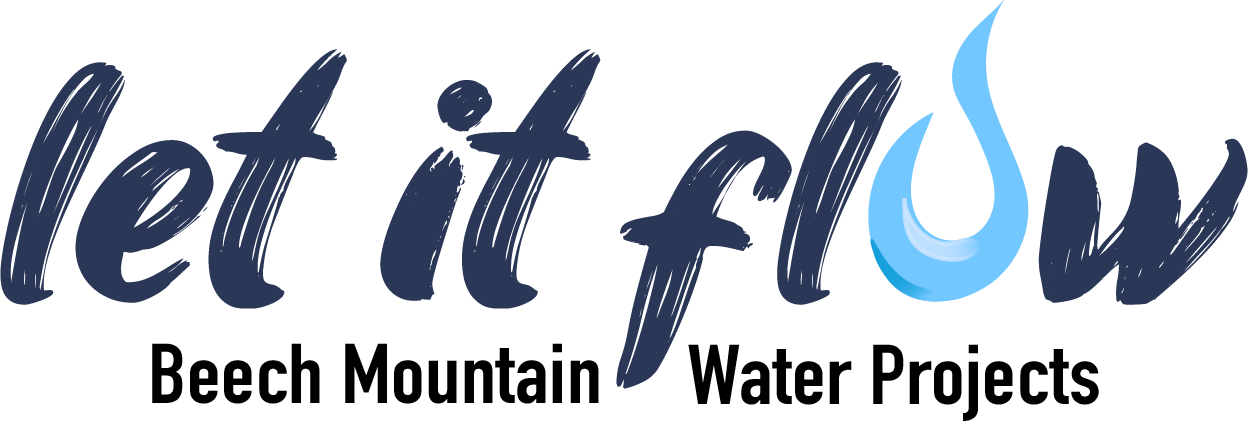Change Habits
- Brush teeth – Rinse, brush, then turn off the water
- Shaving – Use a couple inches of water in the sink to rinse
- Dishes – Fill the sink to rinse
- Vegetables – Fill the sink to rinse them
- Toilet flushing – Don’t use to dispose of trash
- Bath – Take shallow baths and keep showers short
- Laundry – Full loads save the most water
- Dishwasher – Full loads save the most water
- Watering Plants – Save rinse water to water plants
Repair Leaks
- Check faucets and pipes for leaks
- Toilet – add food coloring to the toilet tank water (don’t flush) and check the bowl in 15 minutes. Color in the toilet bowl probably means there’s a leak.
- Outside – check hose connections, pool and filtration systems, irrigation systems.
- Meter – check to see if there are leaks by reading the meter at night before going to bed when no water will be used, then read the meter again in the morning. If there is a change in the number, then there is a leak somewhere in the home.
Install Water-Saving Devices
- Install water-efficient or low-flow fixtures
- Use displacement devices in water tank (to reduce amount of water used in older toilets)
- Use Rain Barrels for outdoor watering
Tips for Water Savings Outdoors
- Car Washing – rinse, use a bucket for soap, then rinse again
- Hoses – turn off the hose each time at the house
- Hot Tub – don’t overfill and use a solar cover to ease evaporation
- Lawn & Garden – water early or late, let grass grow taller in hot weather, use mulch around plants, shrubs and trees, follow watering restrictions
- Plants – use native plants, plant a xeriscape or a rain garden

